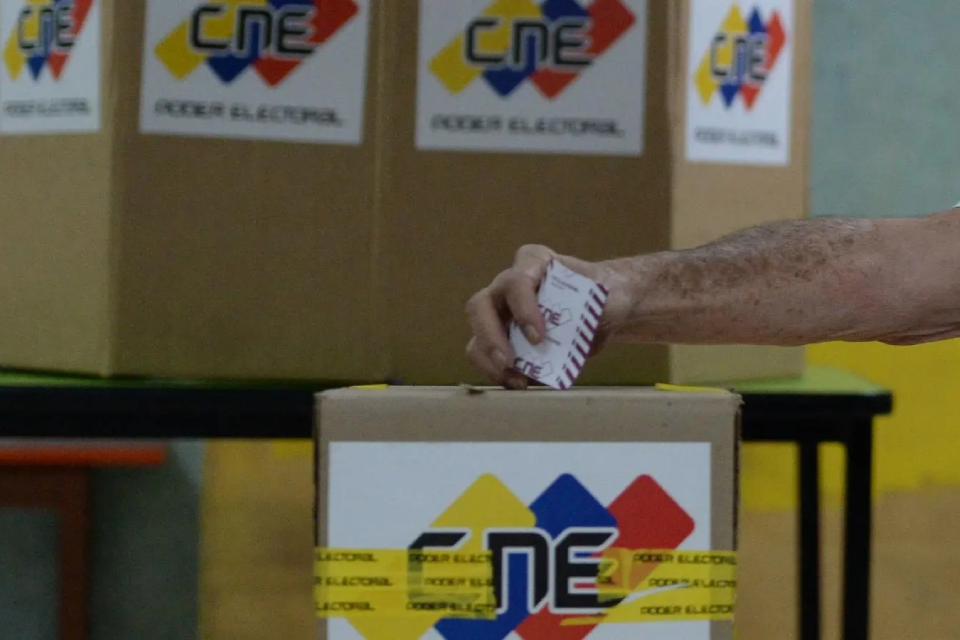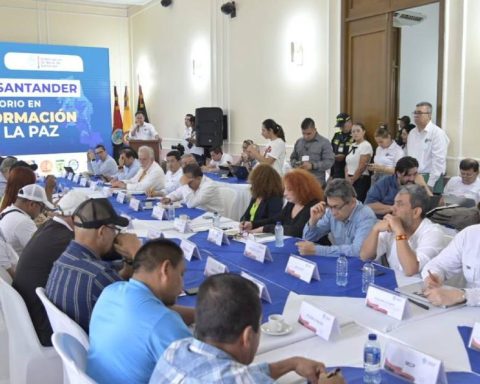Over the last two years, the federal government has increased the allocation of resources to the National Fund for Scientific and Technological Development (FNDCT), the main source of funding for Research and Development (R&D) in the country. In 2023, the fund invested R$9.96 billion and the forecast for this year is R$12.72 billion – as described in the 2024 Annual Budget Law.
In 2025, the estimated value is R$14.6 billion – almost three times higher than the expenditure in 2022 (R$5.52 billion) -, according to data from Finep, the Financiadora de Estudos e Projetos, a state-owned company that promotes science, technology and innovation, manager of the FNDCT.
FNDCT resources are distributed across 14 sectoral funds and finance, in full or in part, strategic projects – such as the Brazilian Artificial Intelligence Plan (PBIA), presented to President Luiz Inácio Lula da Silva at the opening of the 5th National Conference on Science, Technology and Innovation (CNTCI). PBIA foresees investment of R$ 23 billion until 2028.
Despite the recent increase in the contribution of resources and the strategic centrality of the FNDCT, experts do not believe that the fund will be able to increase the proportion of investments in science, technology and innovation in all economic activities on its own.
At least R$43.6 billion
Currently, the country invests around 1.2% of its gross domestic product (GDP) in the sector, but to reach the rate of 1.6% of GDP, a proportion spent by countries such as Spain and Italy, it would need to invest at least R$43.6 billion. This calculation was made by engineer and economist Carlos Américo Pacheco, CEO of the technical-administrative board of the São Paulo State Research Support Foundation (FAPESP).
For the expert, the agenda on funding for research and development “is not just the FNDCT’s”. Of the resources he estimated as necessary for investment growth in relation to GDP, R$30.5 billion should come from the private sector and R$13.1 billion from state sources, such as the FNDCT. “The idea that only the public sector should increase is unfeasible from a fiscal point of view and unnecessary, especially because it is the private sector that will take innovation to another level”, he points out.
In Carlos Américo Pacheco’s opinion, state resources should be used to encourage private investment. However, he believes that “Brazilian innovation policy has not managed to get the private sector moving. Brazilian public spending has not leveraged private spending.”
Pacheco states that, “in general, in most of the scientific community” there is a complaint against the private sector “for not making a greater effort in R&D.” But for him, there is a lack of understanding about how private companies can act.
“It is important to understand that if innovation is the priority of national science policy, the public effort must be an effort that induces the private sector to spend more on R&D. It is not a moral problem that private leaders do not understand that science is important,” he ponders.
As an example, the CEO of Fapesp cites banks’ spending on IT and AI. “The financial sector invests a significant amount of resources in information technology, now artificial intelligence, and will finance a lot of it in the future.” [pesquisa] quantum out of pure necessity, not because they want Brazilian science to advance. It’s about creating [portanto] instruments that channel this effort”, he suggests.
Short blanket
Engineer Jefferson de Oliveira Gomes, director of innovation at the National Confederation of Industry (CNI), agrees that the money from the FNDCT is not enough to increase Brazilian investments in research and development, “it is very small, a very short blanket.” But for him, the eventual increase in private sector spending “will only come if the challenges posed are very well defined” and changes to streamline the use of the FNDCT need to be described in the legislation, “and [mexer] in law it is not a trivial matter”, he acknowledges.
“I don’t want any changes to the law for now, because I can’t take it anymore,” adds biomedical scientist Helena Bonciani Nader, president of the Brazilian Academy of Sciences (ABC), referring to potential undesirable changes in the legislation. In her opinion, “the FNDCT has become a lifeline,” but “it can’t be the only source of funding for science. The FNDCT is not a trampoline that I can jump on and increase the size of the jump.”
She emphasizes that for the economy to grow, there needs to be more competitiveness in various sectors, including industry and services. “But competitiveness can only be achieved with innovative products and productivity, and with qualified personnel. If we forget about human resources, it won’t work.”
Evaluation published by Agência Brasil shows that Brazilian scientific production has decreased by more than 15% in the last two years.
Representatives from FAPESP, CNI and ABC participated in a seminar on research funding at the 5th National Conference on Science, Technology and Innovation (CNTCI). The event runs until tomorrow, Thursday (1st), in Brasília.


















